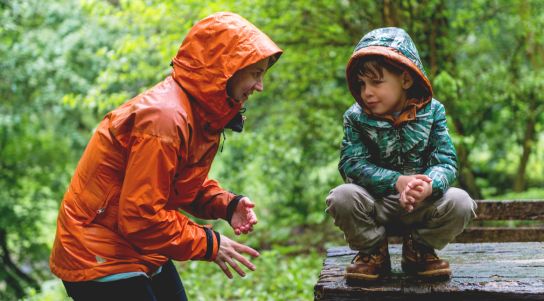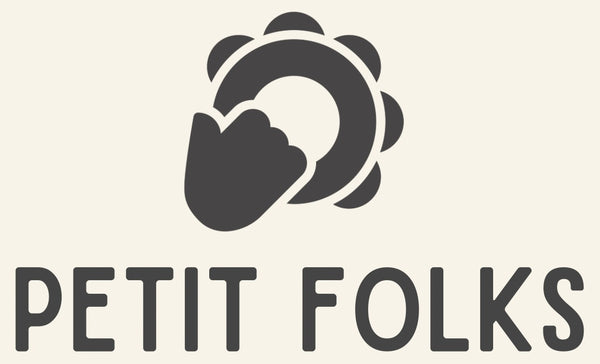
The Influence of Music and Rhythm in Our Daily Lives
Share
Connecting Mind and Body with Musical Toys for Kids by Petit Folks
Petit Folks' musical toy for children is an evolutionary tool designed to promote holistic development, creativity, and language learning. Each box contains 16 themed cards with illustrated traditional songs, encouraging autonomy by allowing little ones to select their favorite melodies. The cards can be assembled into a puzzle, adding an extra visual appeal. Its wooden design and inclusive characters reinforce values of diversity and sustainability, while the carefully selected music blends traditional styles with a modern twist, fostering a critical appreciation for high-quality music. Additionally, the complementary app expands possibilities with resources such as play ideas and downloadable materials. This musical toy is the perfect educational tool for both schools and homes.

Rhythm is not limited to children's music; it is also present in everyday activities like walking, talking, or even breathing. Recognizing these natural rhythms and using them as a basis for musical activities can be an innovative way to create and learn. For example, the rhythm of footsteps while walking can become the foundation for improvising melodies, or the constant ticking of a clock can inspire a percussive accompaniment. These types of exercises teach children to find music in the world around them, stimulating their creativity and observation skills. Music is everywhere—from the sound of the wind through the trees to the steady beat of our hearts. It is a universal form of expression that transcends cultures and generations. But beyond traditional instruments and complex compositions, music also lives within the body. Our movements, gestures, and bodily rhythms are innate tools that connect people to the musical world.

The body as a musical instrument
The human body is a natural instrument, capable of generating sounds and rhythms through a surprising variety of movements. From claps and finger snaps to gentle taps on the chest or legs, each action produces a unique sound that can be incorporated into a musical experience. This innate ability to make music with the body is not only fun but also educational. Using the body in rhythmic activities improves motor coordination and strengthens neural connections in children. Furthermore, accompanying music with movements helps develop social skills, such as cooperation and group synchronization, when done in a team, as can be done with our musical toy for children.

Singing a song while accompanying it with simple movements is one of the most accessible ways to incorporate the body into music. The popular songs from our musical toy for children can be transformed into percussion games, where each verse is marked by a different beat: claps, leg taps, or finger snaps. These activities not only entertain but also help children connect sounds and movements, strengthening their memory and creativity.
